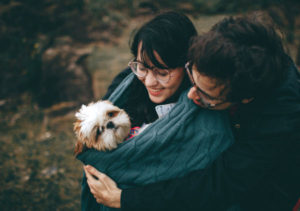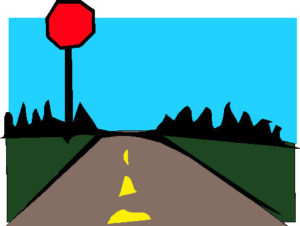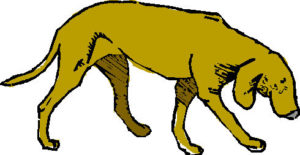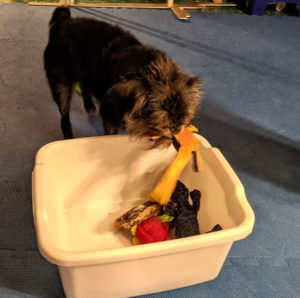
We all want to protect the ones we love from the evils of the world outside. Are you going too far? By rewarding fear, have you accidentally taught your dog to be shy? Are you actually discouraging your dog from exploring the world? Have you been rewarding your dog for being fearful?
A classic example of this happened in the shop recently. A very nice man with his one-year old little terrier mix came in to get a harness and some goodies for his dog. The dog, named “Precious,” was hesitant. Many dogs are. Coming into a new place can be reason for caution. And our tile floors are somewhat reminiscent of a vet’s office.
We get it – that’s why we generally give the newcomer some time to check stuff out, sniff around, get used to the place. At first, we speak gently and don’t approach until the dog is ready. Then we might put a hand out, ready for the dog to sniff, if it seems interested. We never run up and start petting.
Rewarding fear: exactly the wrong move
Instead of encouraging Precious to check out the shop, sniff the toys, see where the treats are stashed, her owner picked her up at the first sign of retreat. He spoke soothingly to her. And told her it was okay.
He rewarded her timidity.
What would you do?
Instead of removing her from the “scary” stuff, Precious’s owner could have given her the time to get used to things. If she “asked” to be picked up, he could have encouraged her to explore. He could have rewarded her for being willing to check things out, instead of denying her the opportunity to try.
It’s sometimes a little tough for us to keep our “retail” hats on, instead of immediately switching to “trainer” mode. We tried – offering a treat to Precious and talking gently about letting her explore, but he focused on getting his puppy a harness and wasn’t really open to other discussion.
The writing on the wall
Unfortunately, we can see the writing on the wall. If he stays on the path he started, Precious will become more insulated and her world will contract. He will stop taking her on jaunts to the local pet shop because she doesn’t enjoy it. Instead of teaching her to cope with the little stresses of life, he will remove them.
Are you protecting your dog from stress instead of teaching them to deal with it? If your dog is afraid of something, do you encourage him/her to check it out? And reward for every step closer?
Give them the world
Dogs learn from us all day, every day. If we teach them that something’s frightening – it will be. Just as, if we reward them for exploring, they’ll learn that the world is a fun place to check out. Every outing can be a new adventure – depending on how you teach your dog to react.



